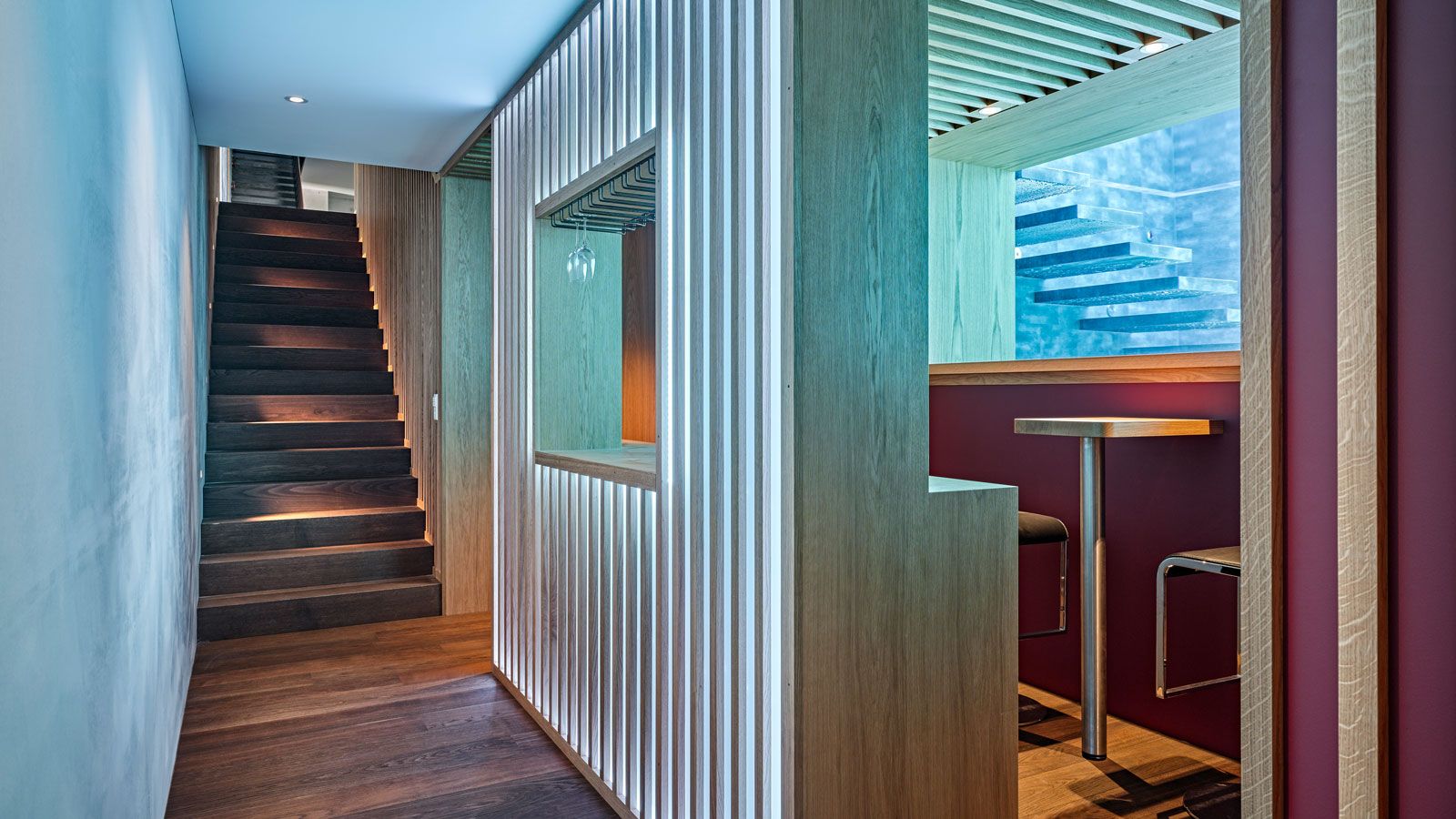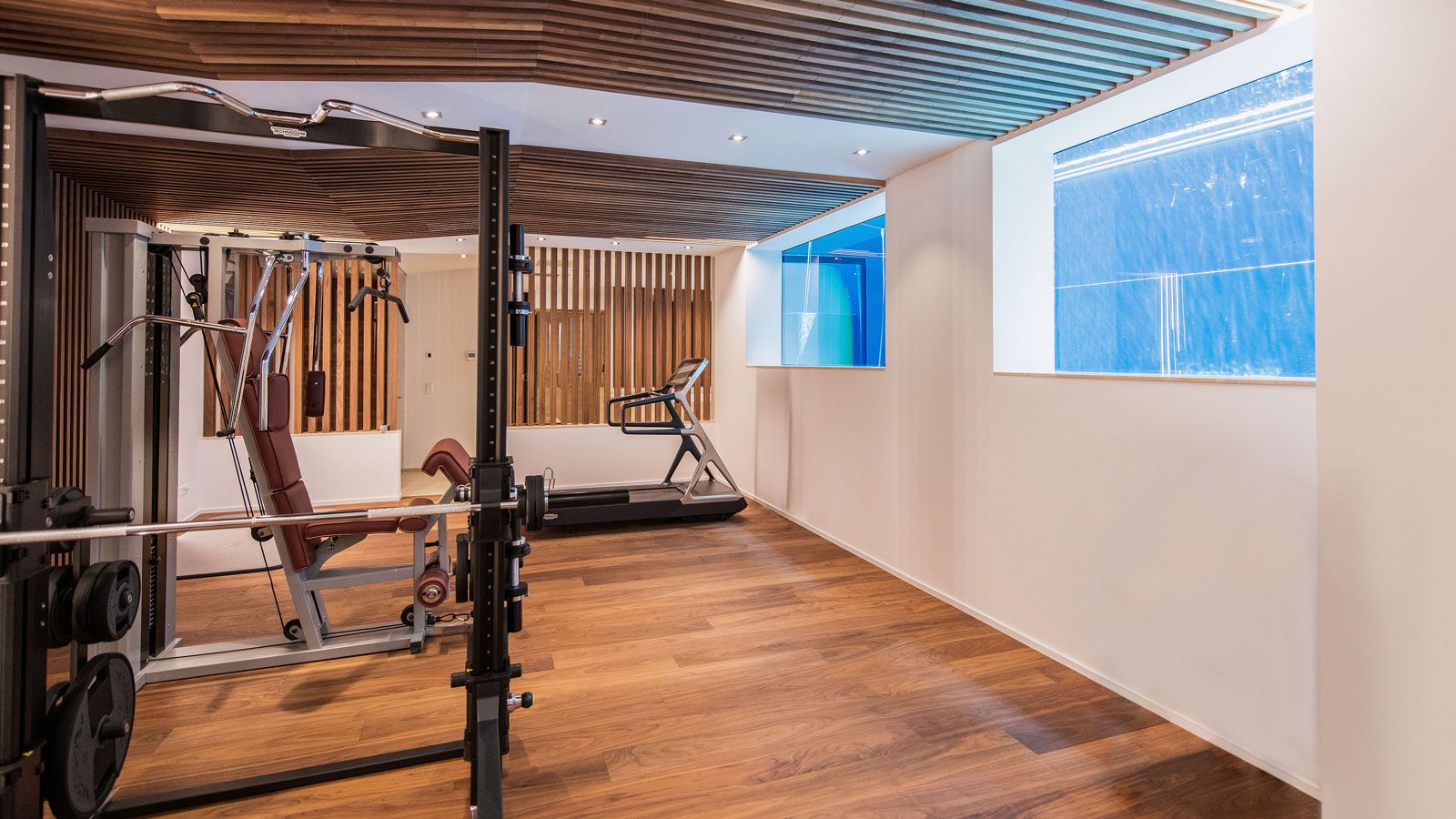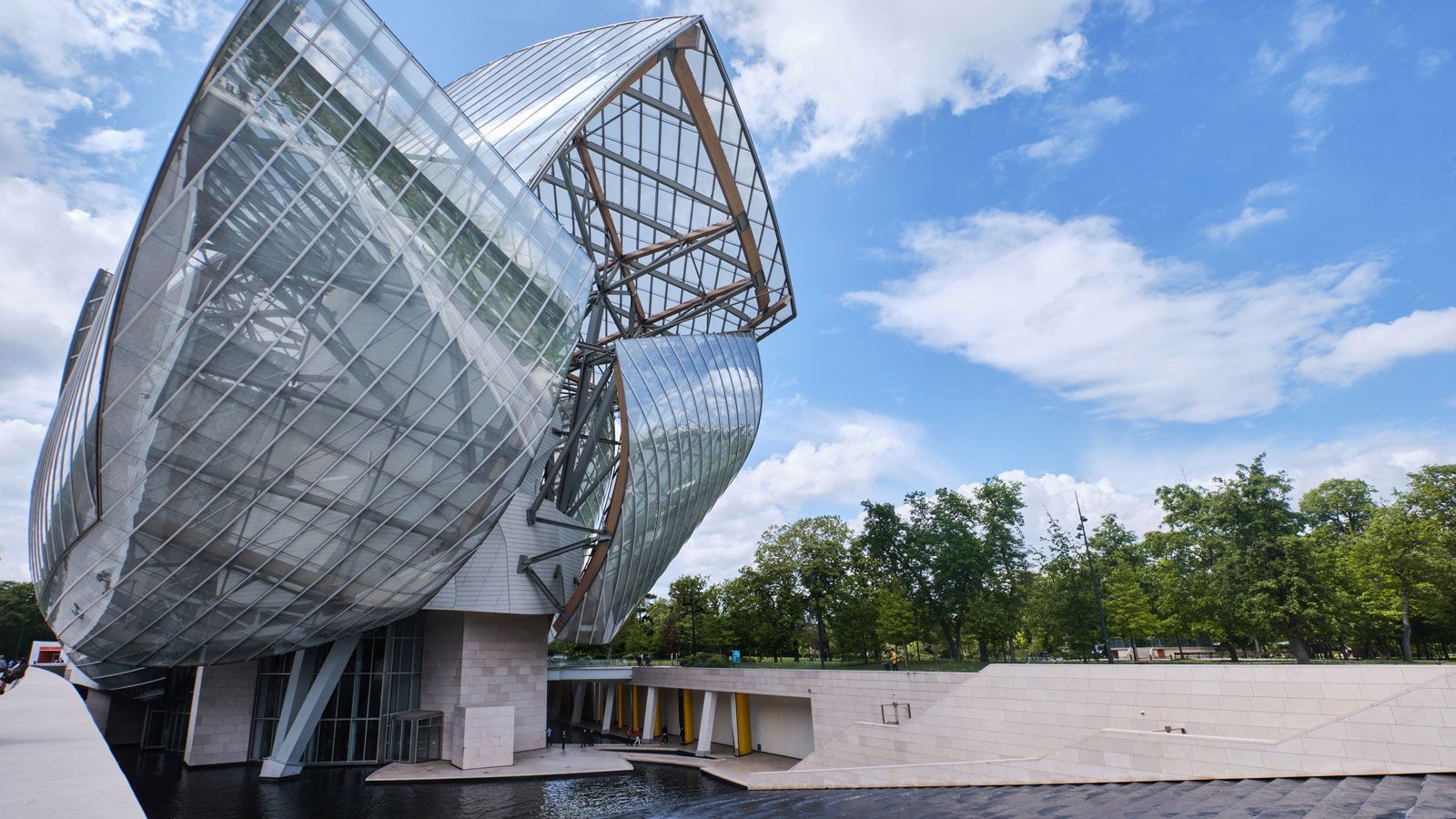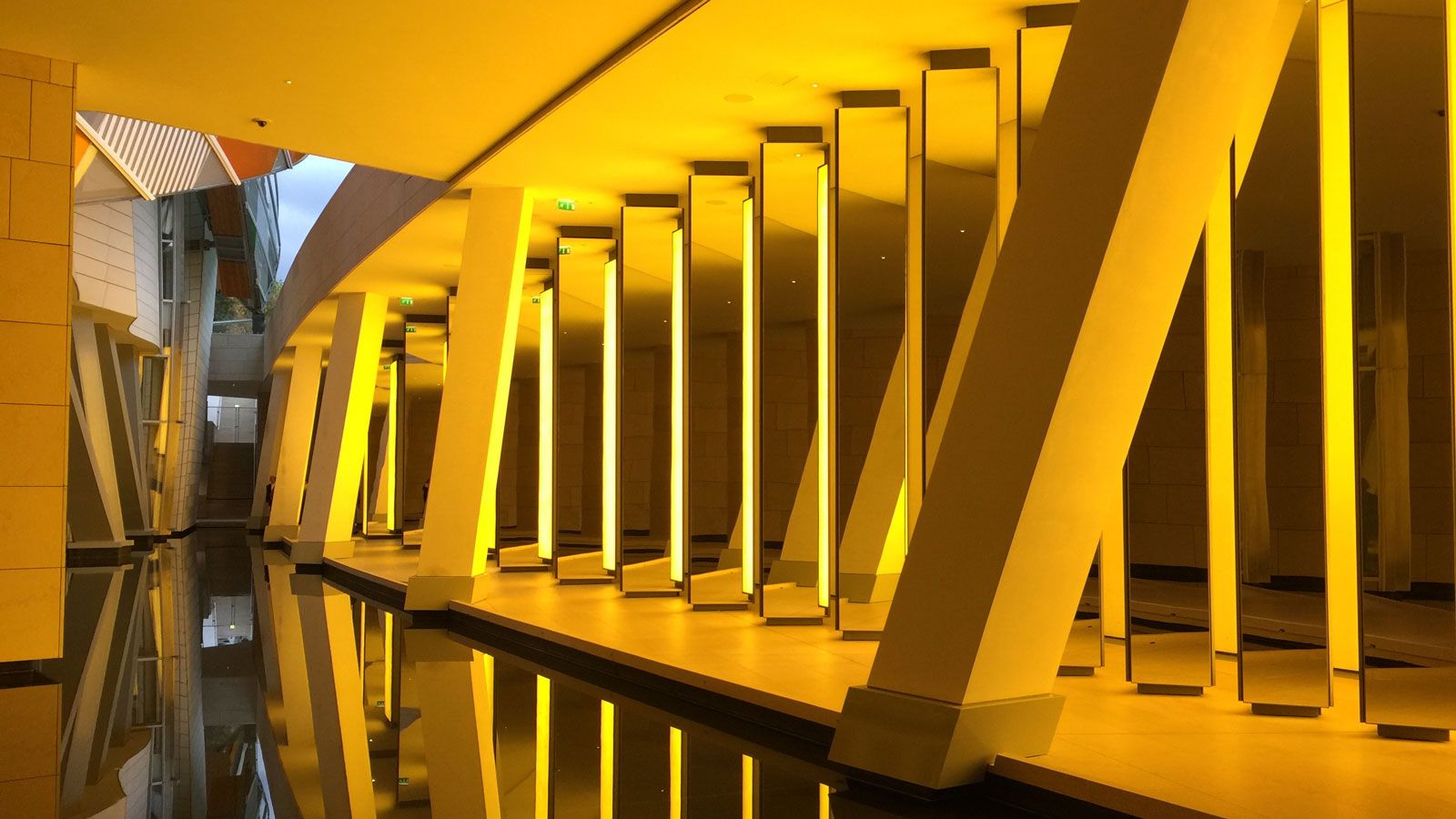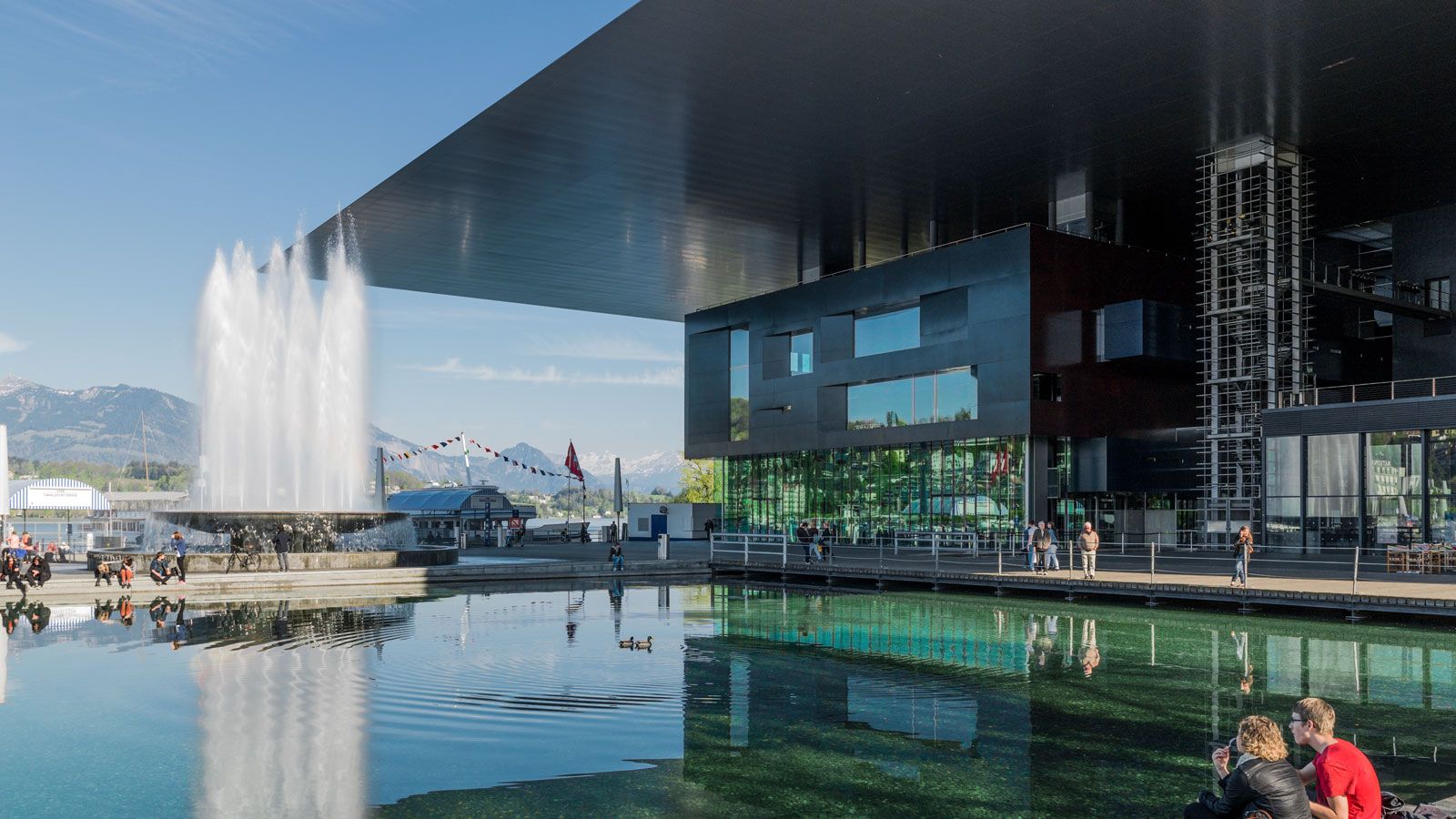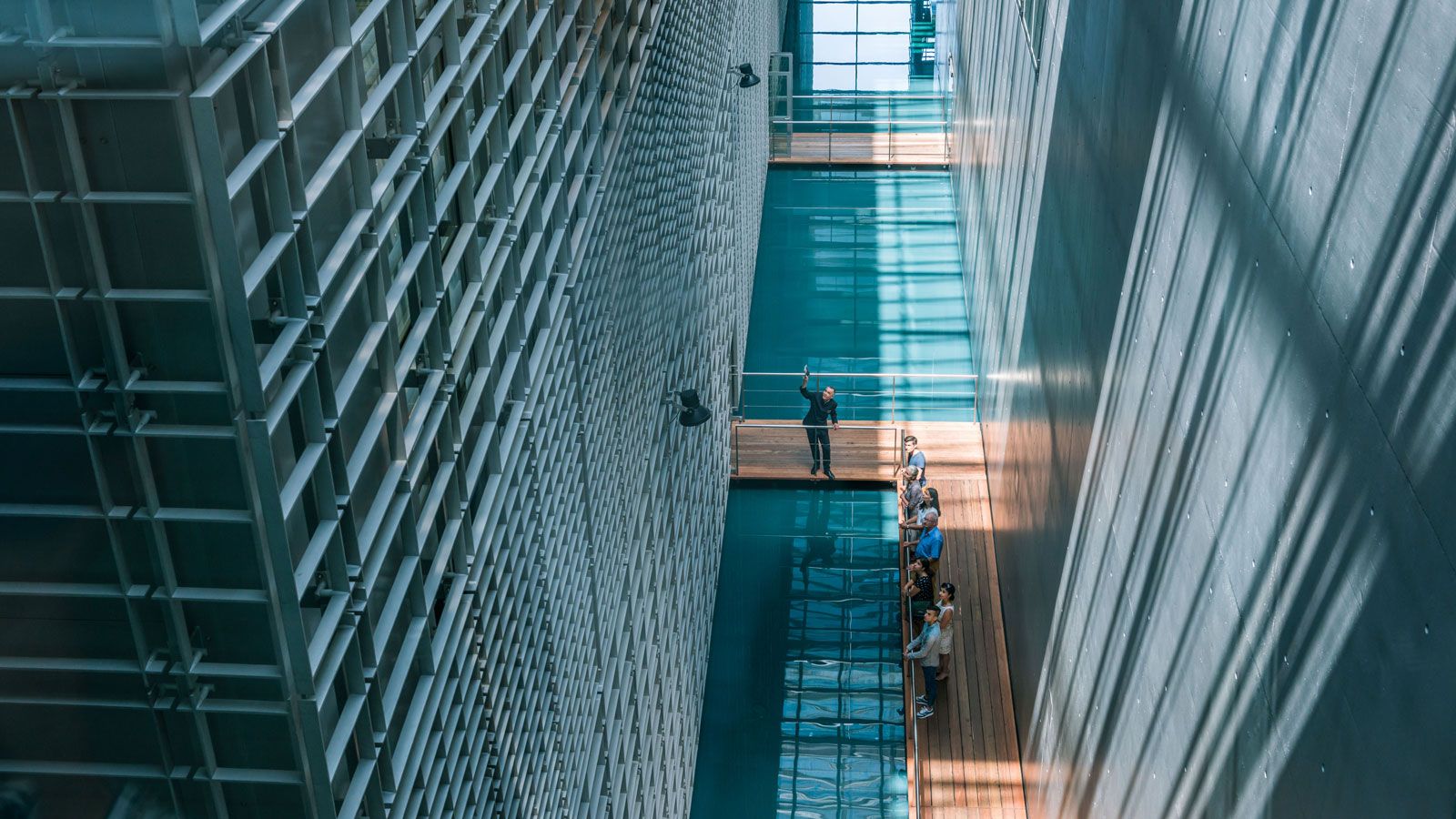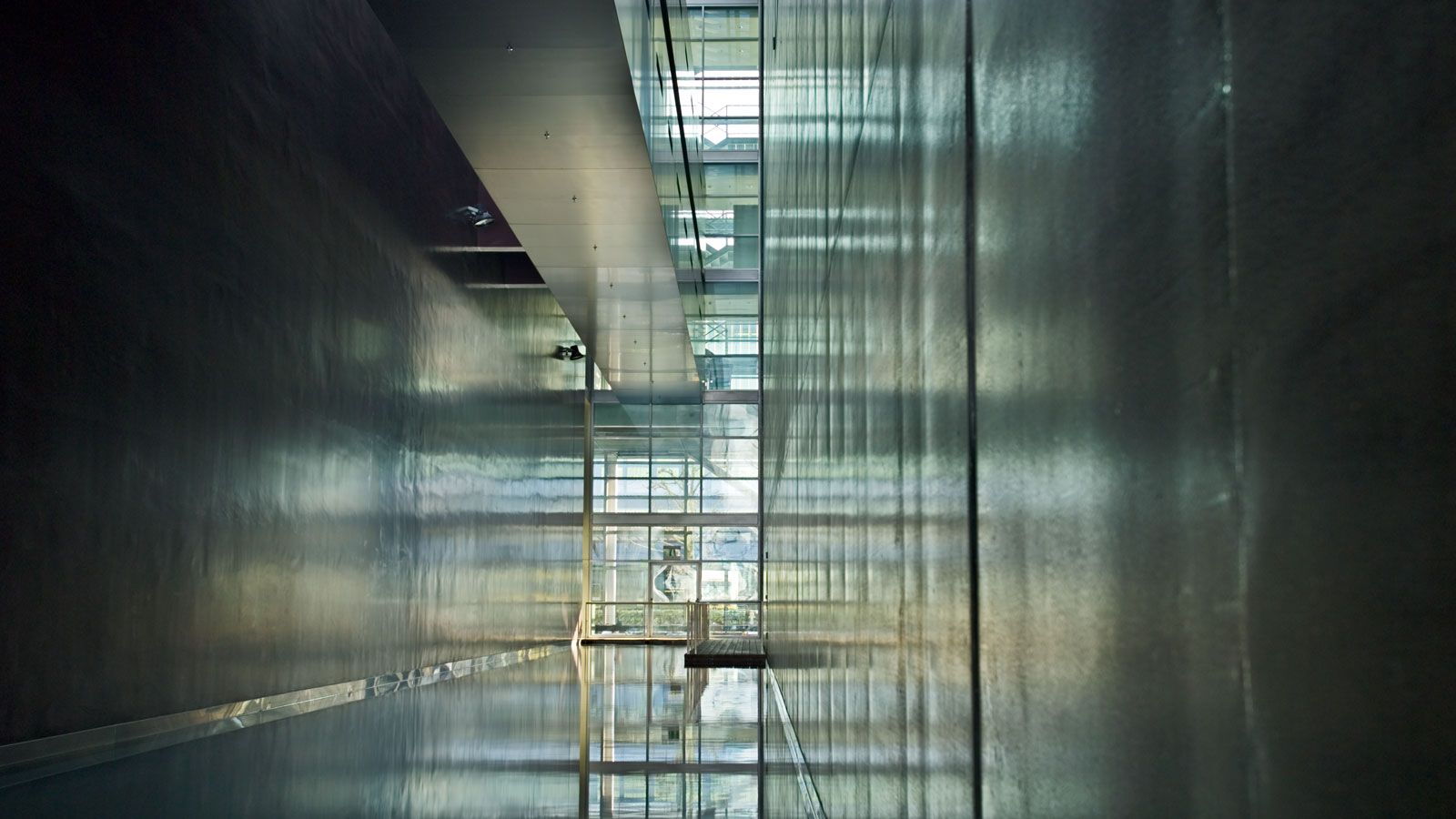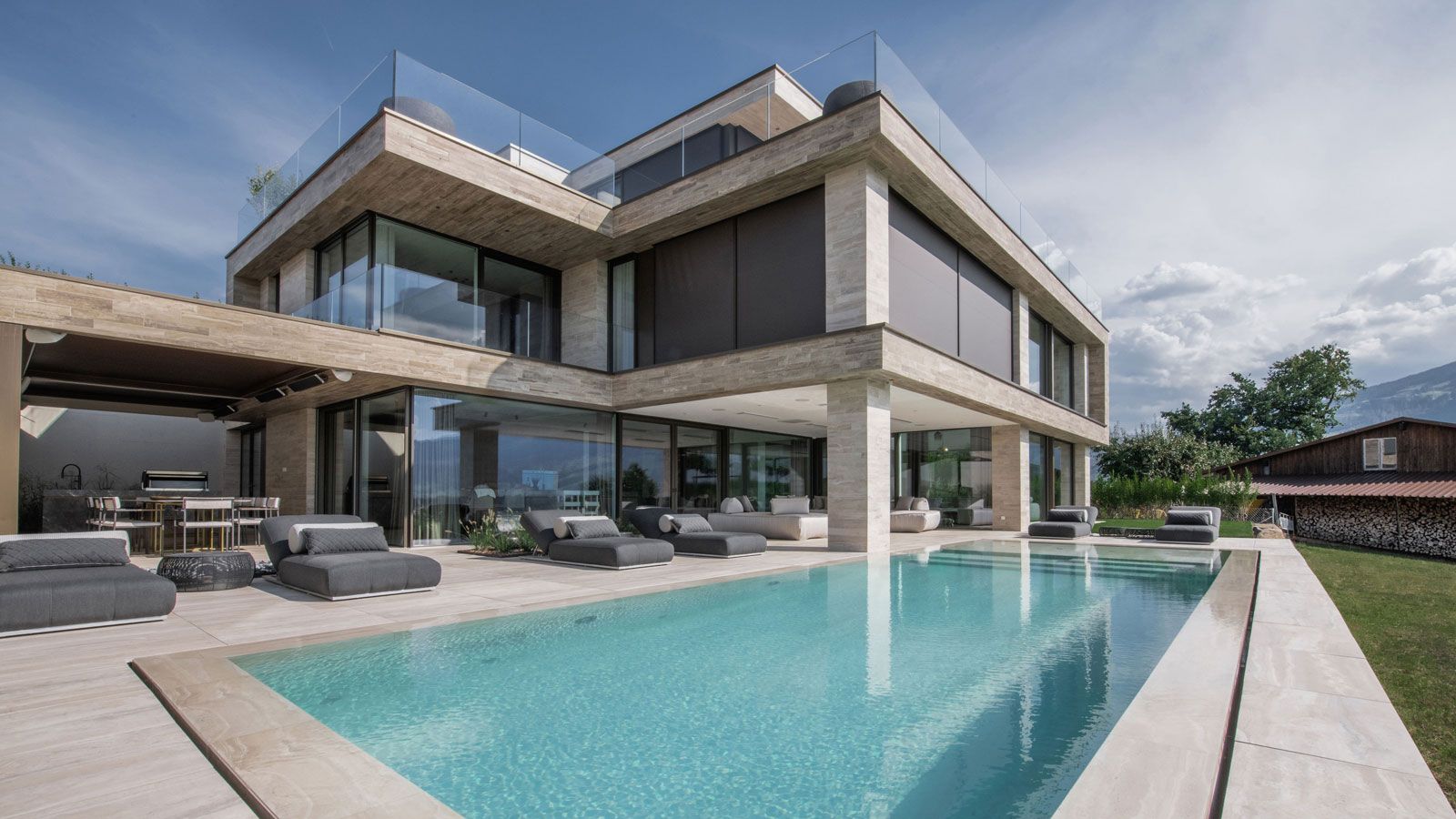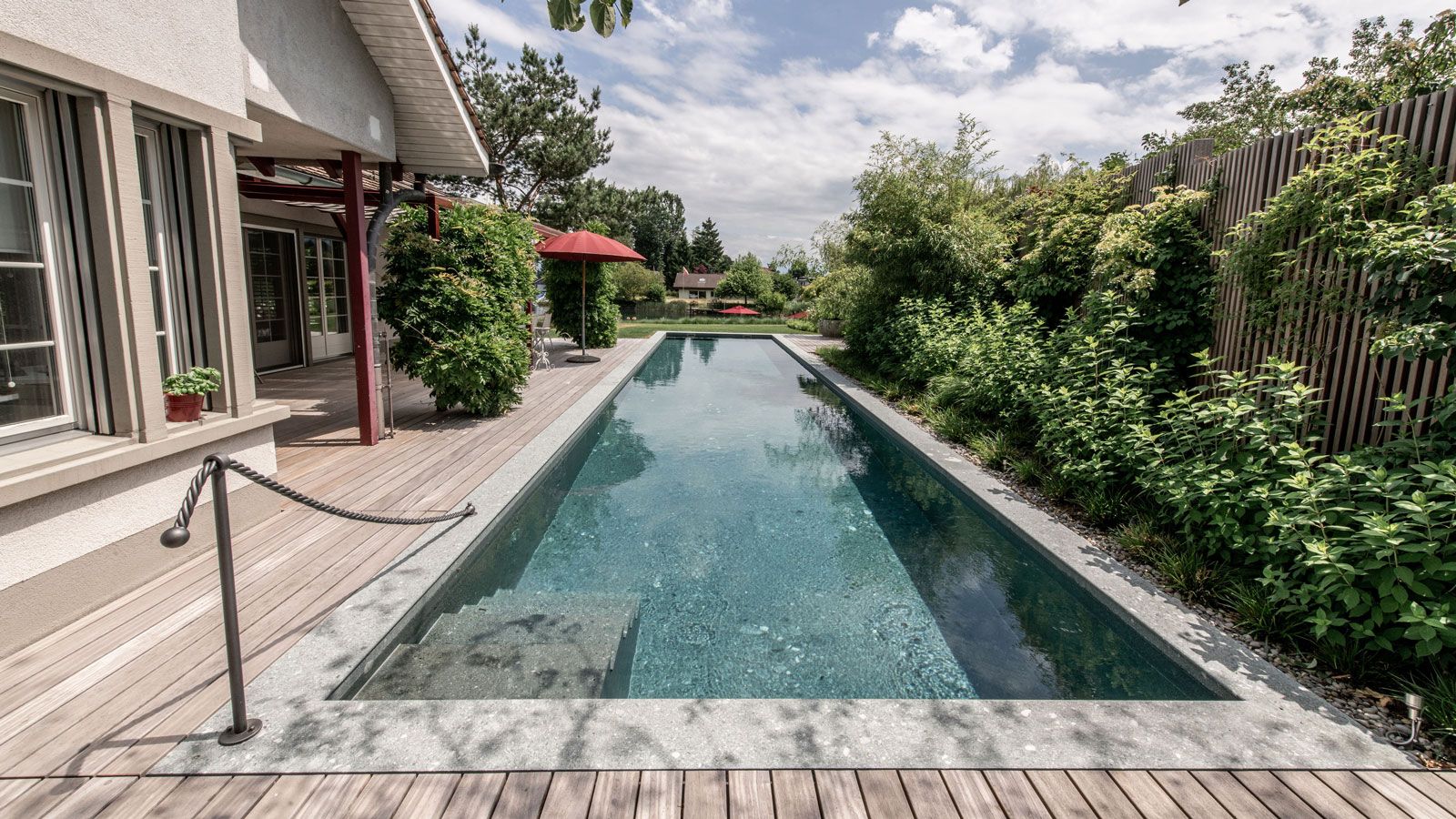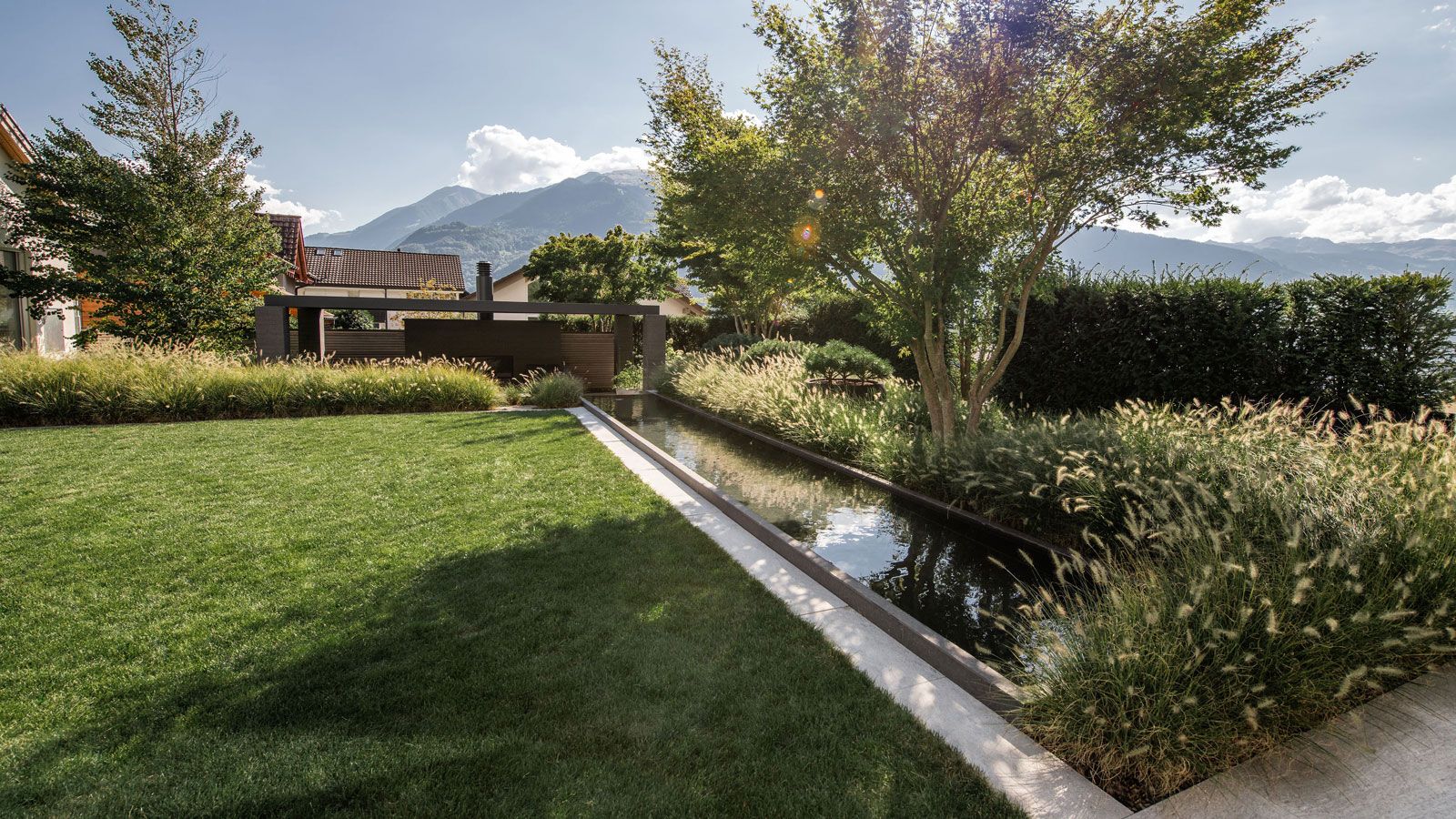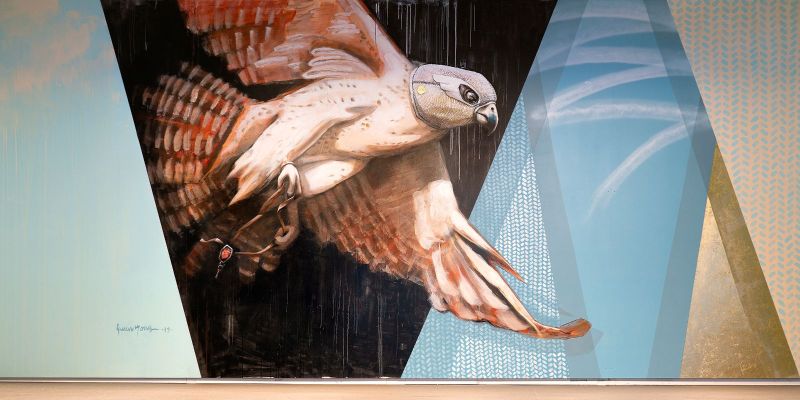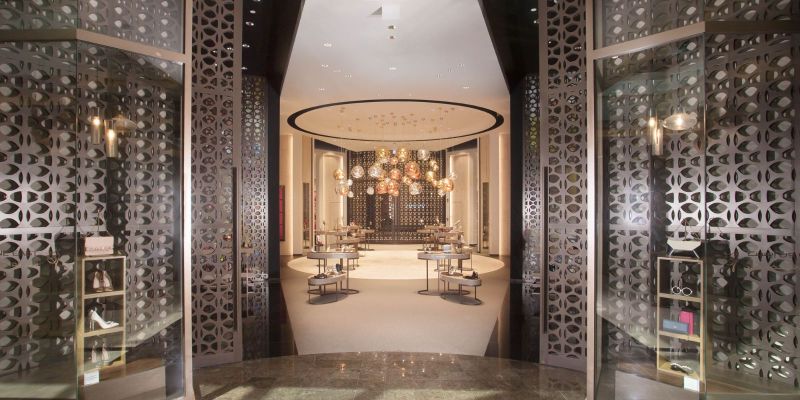29. May 2023
Going with the Flow: Water in Architecture and Interior Design
We recently reported on greenery in interior architecture, but this post is dedicated to water: the blue gold. For that, we did a deep dive into the world of water with expert Benjamin Winzeler, and talked about the element’s benefits and risks.
How does Benjamin Winzeler introduce himself? In Switzerland there is no official professional title for those who plan, design and implement ornamental pools and the like in interiors and exteriors. The 35-year-old would call himself a water technology planner. «We are well planners, pond planners, pool planners – there are endless ways to describe us», Winzeler adds.
By «we», the trained plumber is referring to himself and his 23 employees who work at three different companies: at Centro AG Schwimmbadtechnik, at the HVACR services and design office AndroSpa and at the plumbing company Ferri GmbH. The team works mainly in the luxury segment; they develop 80% of their solutions based on the individual wishes of their clients.
In a conversation with Benjamin Winzeler, we discussed the various ways that water can be integrated into architecture and interior architecture, what needs to be taken into account when doing it, and which added benefits the blue gold has to offer.
Mr Winzeler, a few months ago some news from Berlin made headlines around the world: a huge aquarium in a hotel lobby containing one million litres of water exploded. What went through your head when you heard that?
Benjamin Winzeler (BW): I had a sleepless night! (laughs) Because we have designed and implemented a number of pools with underwater windows. When you hear a story like this one from Berlin, all these horror scenarios pop into your head… but the aquarium in the Radisson Blu had a different calibre from our projects, the pipe was gigantic and the water pressure tremendous.
Let’s talk about some more pleasant things. Tell us more about underwater windows.
BW: An architect actually gave me the idea. We had to design and implement a pool that bordered on the basement in a residential building. The basement had a wellness area, a gym and wine cellar. Naturally, this level had no natural light. At the client’s request, we looked for a solution and, ultimately, we made the pool deep enough that it would bring daylight into the basement via underwater windows.
Aside from pools, how can water be incorporated into (interior) architecture?
BW: Ornamental pools, for instance, can be integrated into interiors and exteriors. Many people think of something small when they hear «ornamental pool». But we also do installations that are 200 square metres in size – there are no limits. Other ways of integrating water include wells of all kinds and water walls. In addition, there are a variety of ways to get water and surfaces moving, such as floor jets, fountains or by playing with the lighting.
What added benefits does water have in architecture and interior architecture?
BW: It enhances the aesthetic and ambience of a space, and adds a certain wellness factor. In interiors, water can also be useful for acoustics, whether to muffle sounds or break the silence. Water also alters the room’s climate due to evaporation: the higher the temperature, the greater the evaporation rate. That has to be considered during the planning phase so humidity levels do not suddenly get too high.
What else needs to be taken into account when planning?
BW: It depends on the concept. We have to ask questions like: What area is the water being integrated into? How much space is available? How high is the floor foundation? Depending on the size of the installation, the weight becomes important and structural issues must be addressed. I think people often forget the most important part: the technology. As a rule, water is always circulating and people tend to underestimate what that means. Water has to be aspirated, coagulated, cleaned and sterilised to make it perfectly clear again.
So what does that mean in concrete terms?
BW: This treatment requires space and also generates extra energy and maintenance costs. We generally recommend involving water technology experts like us as early on in the design and planning process as possible in order to come up with ideal solutions. It is also important to consider country-specific regulations for, say, mandatory signage such as ‹Do Not Drink› or ‹Drowning Hazard› signs.
Do I need to hire a professional service for maintenance?
BW: If we are talking about a smaller solution for a private home, the technology can be kept relatively simple and the owners can do a great deal by themselves. But there are also very complex water treatment systems – take the 40-metre-long ornamental pool in front of the University of Zurich. It treats rainwater, which makes the process more challenging because there are bits of refuse such as cigarette filters that need to be removed, etc. The question of whether a facility manager can perform the maintenance work on a system with this degree of complexity depends on his or her knowledge. Otherwise there are service technicians on hand.
Treating rainwater sounds like a sensible idea. How sustainable is all of this in general?
BW: This question has been on my mind for some time now. The industry is moving in the right direction in that it is now circulating and treating water. It used to be normal to just drain a water installation and refill it with fresh water regularly. Still, ornamental pools and the like have above all an aesthetic value – they are a luxury item. I assume that, sooner or later, there will be more restrictive governmental regulations. That is already happening in Germany. For example, the use of heat pumps for pools was prohibited during the energy crisis.
How are you responding to these developments?
BW: We are in the process of establishing maintenance solutions for exteriors using AI. A pool is exposed to different stressors on a sunny, 30-degree weekend day than it is on a rainy weekday, for example, and an AI-controlled system can adjust the maintenance needs accordingly, which saves resources. This makes pools smarter, so to speak, because they know when they have to do something and when they don’t.
We are excited to see how things will unfold in the future and would like to thank you for this interesting chat, Mr Winzeler!
Explore More Space Stories
Space Story #11 | 28 January 2021
A Falcon Travels the World
The falcon in our meeting room has been making regular trips to other countries for almost a year now. After a year of online meetings during the Covid pandemic, it’s high time to introduce the creators of this bird: QueenKong.
Space Story #10 | 21 December 2020
Set in best Light – Lighting in Interior Architecture
Lighting evokes emotions, creates drama, and guides customers. Thoughtful lighting design is therefore essential when creating retail, hospitality, or exhibition spaces.

